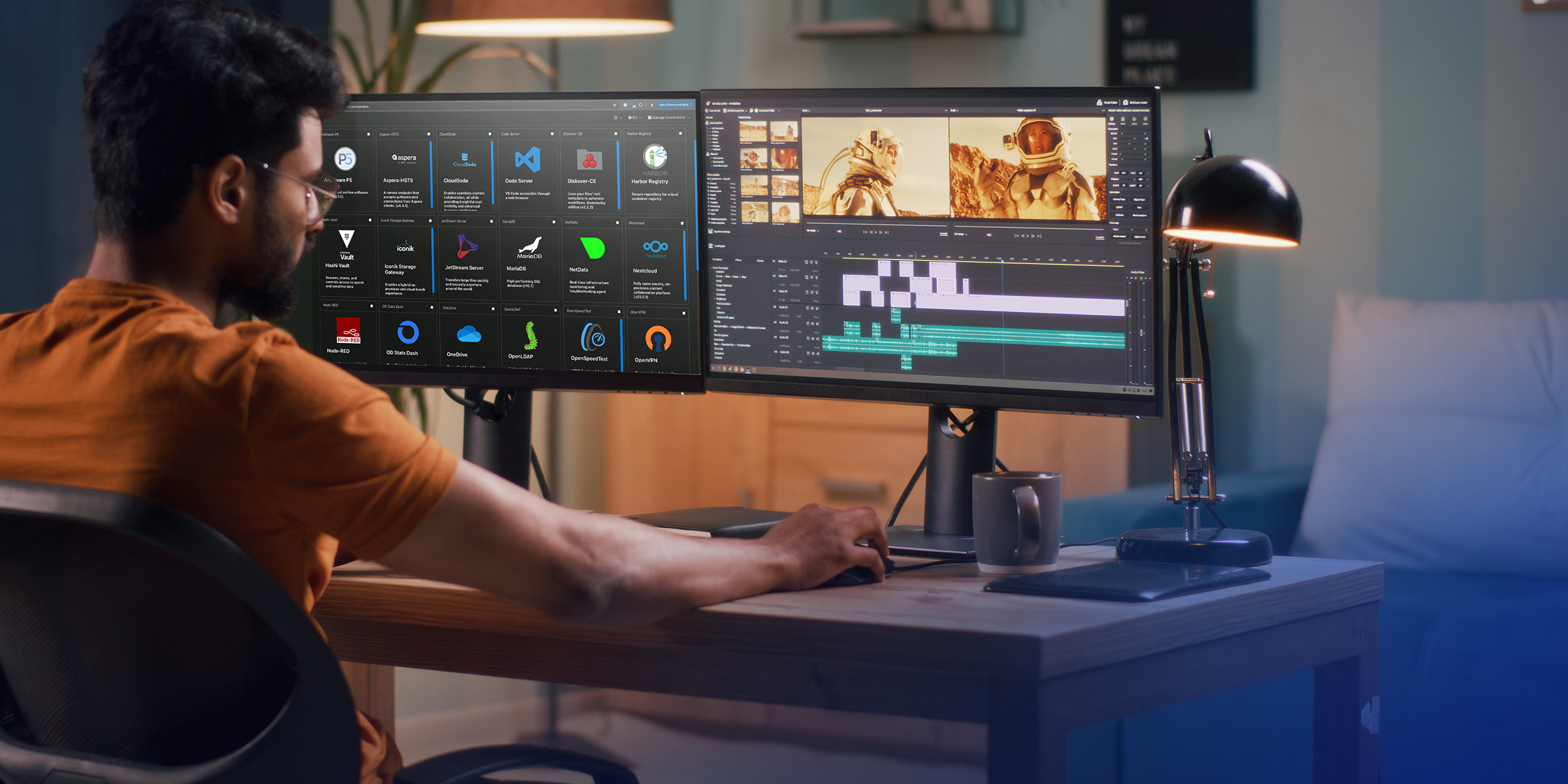
Building the Future of Sports Broadcasting: An Interview with NFL’s Jason Schroeder
It’s More Than Modular Software Design
On the surface, software development might seem like an ever-expanding project to add new features, functionality, and capabilities to delight existing and prospective customers. In some ways, it resembles a home renovation project in which multiple consecutive phases add onto, modify, reconfigure, and/or expand the structure to suit occupant needs and desires.
If you’ve ever gone through this process of home renovation and upgrading, you know from experience that once you finish that current phase, you discover additional changes you want to make, new features you want to add, and better ways to maximize the space. To put it back in software terminology, continuous improvement never really ends with home improvement or software development. What happens is that the accretion of changes creates a larger, more unwieldy footprint.
The Problem with Software Bloat
But enough with the house analogy—let’s just focus on ongoing software development over time. What initially began as a very targeted and focused software package, with deliberate features and capabilities appropriate for very specific users, becomes a larger and larger software platform with categories of feature sets directed at different user bases. As the company introduces that same software into different markets (whose users have potentially very different needs), the totality of functionality contained by the platform becomes less adopted across the board; specific users leverage key features and functions that underpin their unique workflows or workloads and ignore the rest.
Look at some of the larger software suites and platforms your company might use. Do your employees even use 50% of their features? As I write this blog entry, I’m using a word processor with literally hundreds (thousands?) of unique and powerful features. The hard reality, however, is that I am using only a handful of basic functions to produce most of my documents. The rest is nice to have, I guess, and of course with my premium license I’m paying for access to all of it. Wouldn’t it be great only to pay for what I needed and used? Not to mention the complication of finding a required capability buried within the maze of menus listing capabilities I will never need or use.
What Is Composable Software?
Smart software companies have an answer to this feature and platform sprawl: composability. Composable software is a very simple concept, involving the ability to construct modules of features and functions that can operate standalone or can be bundled with other modules to create very specific tiers of software capabilities appropriate for very specific user groups. Composable software helps vendors like OpenDrives target the needs of customers with simplicity, flexibility, and interoperability, without customers having to sacrifice features or functionality critical to their business processes.
The Evolution of OpenDrives’ Atlas Software
Our Atlas software evolved in the way I laid out above, by growing to meet the demands of different parts of the markets which rely on Atlas to get work done efficiently and effectively. We came to the realization, though, that not every customer needed everything Atlas has to offer; nor should they have to pay for what they don’t need.
The end result of our recent software development efforts is that Atlas software is now composable. Beginning on July 9th, 2024, we have the ability to combine feature sets into larger “tiered” bundles, which target specific market segments, as well as smaller add-on feature packages which customers can combine with a standard bundles. Plus, a la carte add-ons are available for critical must-have features without the need to step up to a more capable (and more expensive) bundle.
The True Value of Composable Software
Yes, the process of making Atlas composable was all about modularity, but really modularity is only the starting point. It’s about understanding how our customers use our software—all of whom are unique with very different workflow needs and desired business outcomes—and delivering what they need only to the scale that they need it, without forcing them to purchase more than they will ever use. Composable software, then, is less an architectural consideration or software development initiative than it is a commitment to collaborating with our prospects and customers to deliver just what they need, and only that.
A Final Analogy for Choosing the Right Software
I might end with another analogy. Do you ever really feel as though you get the full benefit of what you pay for at the all-you-can-eat buffet? Those Brazilian steakhouses are fantastic, but wait until you get the check. For that cost, you would need to have a pretty fierce hunger for roasted meats! Compare that to the fulfillment of a meal at your favorite restaurant, which serves you just what you’re hankering for, in the quantity you need, and at a price you’re happy to pay.
Bon appetit!
Learn more about our composable Atlas feature bundles by visiting our Pricing page.


